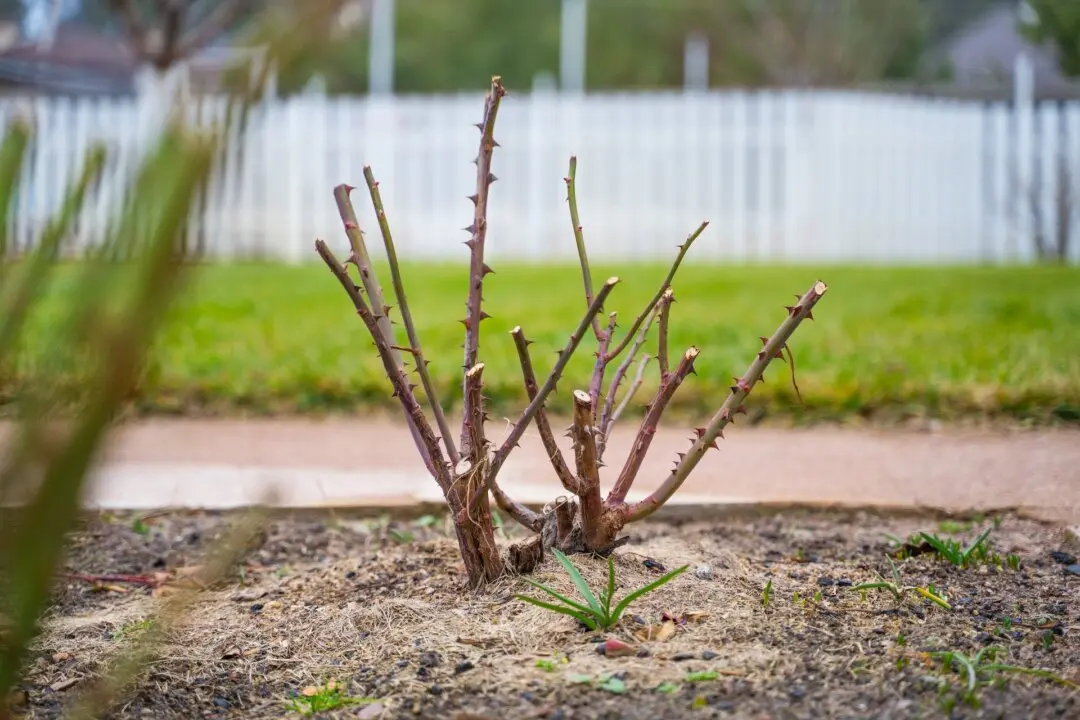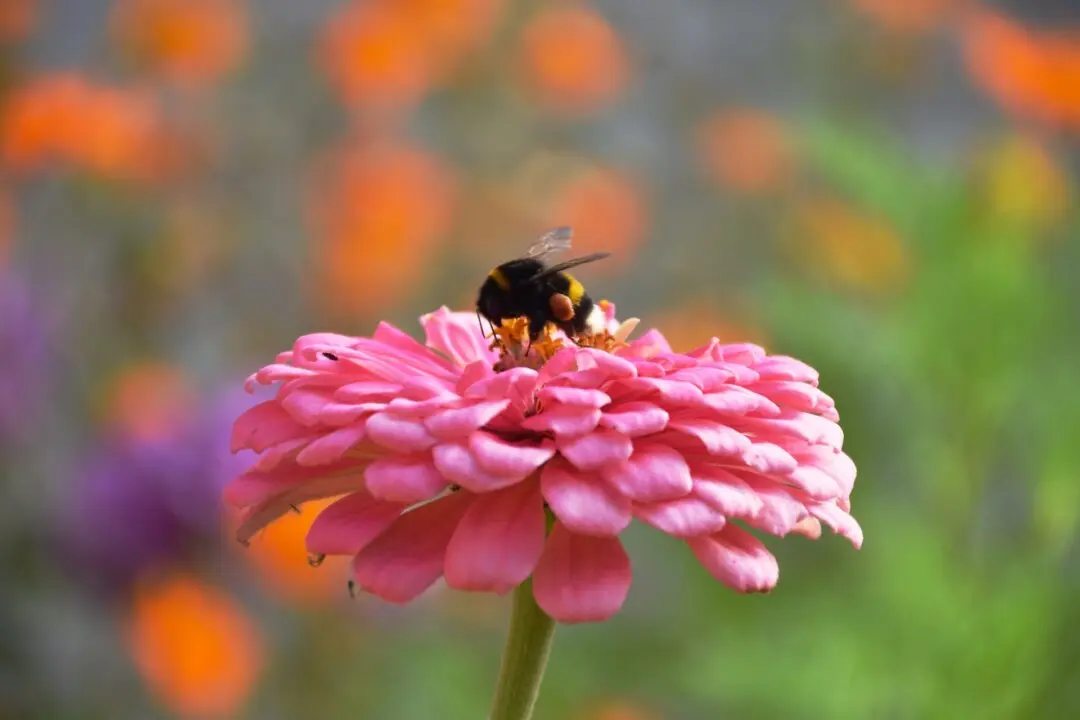Have you seen poinsettias for sale yet? I have. Were they red? Probably. That’s because we all know that poinsettias are red, right?
Well, not so fast. There are pink, purple, white, spotted, striped, and even yellow and orange poinsettias. Every year, the commercial plant breeders of poinsettias come out with 5 to 20 new varieties. Most of us don’t notice the differences, but there are some important changes aside from new colors.





